Introduction to Black Morel Mushrooms
Black morel mushrooms (primarily species within the Morchella elata complex) are among the most coveted wild edible fungi in the world. With their distinctive honeycomb-patterned caps, rich earthy flavor, and elusive growing habits, black morels have captured the imagination of foragers, chefs, and food enthusiasts for generations. These springtime treasures are known for their unique appearance and unmatched culinary value, making the annual hunt for black morels a time-honored tradition in many regions.
What sets black morels apart from their yellow or white counterparts is not just their darker coloration, but also their slightly different habitat preferences, seasonal timing, and subtle flavor nuances. As the earliest morels to appear in most regions, black morels often signal the beginning of spring mushroom season, creating excitement among eager foragers who have waited through winter for their return.
This comprehensive guide explores everything you need to know about black morel mushrooms—from identification and habitat to harvesting, preparation, and culinary uses. Whether you're an experienced forager, a curious beginner, or simply a food enthusiast interested in these remarkable fungi, this information will deepen your appreciation for one of nature's most prized edible treasures.
Identifying Black Morel Mushrooms
Key Characteristics
Black morel mushrooms possess several distinctive features that make them relatively easy to identify once you know what to look for:
- Cap structure: Conical to elongated cap with a honeycomb pattern of ridges and pits
- Coloration: Dark brown to nearly black ridges with lighter brownish pits
- Hollow interior: Both cap and stem are completely hollow when cut lengthwise
- Cap attachment: Cap is attached directly to the stem at the base (not hanging free)
- Stem characteristics: Typically white to pale tan, hollow, and often slightly swollen at the base
- Size range: Usually 2-5 inches tall, though specimens can occasionally reach 8 inches or more
These key characteristics distinguish true black morels from other fungi, including the dangerous false morels.
Distinguishing from Other Morel Species
Black morels can be differentiated from other morel types by several features:
- Color differences: Black morels have darker ridges (brown to black) compared to the tan or yellowish ridges of yellow morels
- Shape variations: Often more conical and elongated than the more oval or rounded yellow morels
- Timing: Black morels typically appear earlier in the spring than yellow varieties
- Habitat preferences: More commonly associated with coniferous trees and disturbed areas, while yellow morels favor hardwoods
Understanding these distinctions helps foragers correctly identify which type of morel they've discovered.
Dangerous Look-alikes to Avoid
Several mushrooms can be confused with black morels, some of which are toxic:
- False morels (Gyromitra species): Have wrinkled, brain-like caps rather than honeycombed patterns, and caps that are often only attached to the stem at the top
- Half-free morels (Morchella punctipes): Although edible, these have caps that are only attached to the stem at the top, creating a skirt-like appearance
- Early morels (Verpa species): Cap hangs freely from the stem, which is stuffed with cotton-like material rather than hollow
- Stinkhorn eggs (immature Phallus species): May superficially resemble morels when young but lack the distinctive honeycomb pattern
The most important guideline: true morels are completely hollow inside when cut lengthwise, while most toxic look-alikes are not.

Natural Habitat and Range
Preferred Environments
Black morels have specific habitat preferences that experienced foragers learn to recognize:
- Coniferous forests: Often found among pine, spruce, and fir trees
- Disturbed areas: Particularly common in areas with recent disturbance such as logging operations
- Burn sites: Frequently appear abundantly after forest fires (burn morels)
- Forest edges: Common along the boundaries between forests and clearings
- Soil conditions: Prefer well-draining, slightly sandy or loamy soils with good organic content
Understanding these preferences helps narrow the search area considerably.
Geographic Distribution
Black morels can be found across much of the Northern Hemisphere:
- North America: Throughout the continental United States and southern Canada, particularly abundant in the Midwest, Pacific Northwest, and Appalachian regions
- Europe: From southern Scandinavia through central and southern European countries
- Asia: Parts of China, Japan, and the Himalayan region
- Specific regions: Particularly productive areas include the Great Lakes region, the Rocky Mountains, and post-fire zones in western coniferous forests
Recent genetic studies have shown that some black morel species previously thought to be the same in North America and Europe are actually distinct species, though they appear very similar.
Seasonal Timing
Black morels follow a specific seasonal pattern:
- First appearance: Typically the earliest morels to emerge in spring
- Soil temperature trigger: Begin fruiting when soil temperatures reach about 45-50°F (7-10°C)
- Progressive emergence: Start in southern regions and move northward as spring progresses
- Elevation effect: Appear at progressively higher elevations as the season advances
- Duration: Individual fruiting bodies may last 10-14 days, while the overall season in a region might last 3-6 weeks
This timing makes black morels the first harbingers of spring for many mushroom enthusiasts.
Foraging for Black Morels
Essential Equipment
The well-prepared black morel hunter brings several key items:
- Breathable collection basket or mesh bag: Allows spores to disperse while foraging
- Knife or scissors: For clean cutting at the base of the stem
- Walking stick: Useful for gently moving ground cover without disturbing soil
- Field guide or identification app: For reference and confirmation of finds
- Weather-appropriate clothing: Including tick protection in many regions
- GPS or mapping app: To mark productive locations for future visits
This basic equipment makes the hunt more productive and enjoyable.
Effective Search Techniques
Successful black morel hunting requires strategic approaches:
- Timing considerations: Monitor soil temperatures and watch for tree budding as indicators
- Habitat focus: Concentrate on known preferred environments, particularly conifer associations
- Burn site investigation: Check areas with recent controlled burns or wildfires
- Eye level adjustment: Scan the ground from different heights and angles
- Slow, methodical movement: Move deliberately, focusing vision about 10-15 feet ahead
- Pattern recognition: Once one morel is found, stop and carefully search the immediate area
These techniques significantly increase find rates compared to random wandering.
Sustainable Harvesting Practices
Responsible foragers follow these guidelines:
- Cutting vs. pulling: Cut mushrooms just above ground level rather than pulling
- Partial harvesting: Leave some specimens in each patch to release spores
- Mesh bags: Use breathable bags that allow spores to disperse while walking
- Minimal soil disturbance: Avoid excessive disruption of the forest floor
- Knowledge sharing: Educate others about sustainable practices
These practices help ensure healthy morel populations for future seasons.

Handling and Preparation
Cleaning Techniques
Proper cleaning preserves quality without sacrificing flavor:
- Initial inspection: Examine each mushroom for insects and debris
- Gentle brushing: Use a soft brush or cloth to remove loose dirt
- Slicing lengthwise: Cut morels in half to check for insects and to clean the hollow interior
- Brief soaking: If necessary, a short soak in cold salted water can help remove insects
- Thorough drying: Pat completely dry before cooking or storage
Proper cleaning balances sanitation with flavor preservation.
Storage Methods
Extending the enjoyment of your black morel harvest:
- Fresh storage: Keep unwashed morels in a paper bag in the refrigerator for 3-5 days
- Drying: Completely dehydrate in a food dehydrator or string and air-dry for long-term storage
- Freezing options: Briefly sauté before freezing for best texture preservation
- Preservation alternatives: Pickling or making compound butters and oils
Proper storage methods allow you to enjoy black morels long after the season ends.
Rehydrating Dried Morels
Bringing dried black morels back to life:
- Warm water soak: Place in warm water for 20-30 minutes
- Liquid preservation: Save the soaking liquid for use in cooking
- Grit removal: Strain soaking liquid through coffee filter to remove any sand or dirt
- Final inspection: Check rehydrated morels for any remaining grit or debris
- Usage timing: Use rehydrated morels within 24 hours
Properly rehydrated black morels can be nearly as good as fresh specimens in many recipes.
Culinary Applications
Flavor Profile and Characteristics
Black morels offer a distinctive taste experience:
- Primary flavor notes: Earthy, nutty, and woodsy with subtle smokiness
- Texture attributes: Meaty and substantial with a pleasant chewiness
- Cooking transformation: Become more intense and aromatic when cooked
- Liquid absorption: Readily soak up cooking fats and surrounding flavors
- Pairing strengths: Complement cream, butter, eggs, and spring vegetables particularly well
These characteristics make black morels a chef's favorite and explain their high market value.
Classic Preparation Methods
Traditional approaches to cooking black morels:
- Simple sauté: Cooked in butter with just salt and pepper to appreciate pure flavor
- Cream preparations: Simmered in cream to create rich, flavorful sauces
- Egg dishes: Added to omelets, frittatas, or simply served on toast with eggs
- Pasta applications: Incorporated into creamy pasta dishes or risottos
- Meat accompaniments: Served alongside beef, venison, or poultry
These time-tested methods highlight the natural qualities of black morels.
Chef-Inspired Black Morel Recipes
More creative culinary applications:
Black Morel and Spring Vegetable Risotto Creamy rice dish incorporating black morels with asparagus, peas, and other spring vegetables.
Seared Steak with Black Morel Sauce Pan-seared beef medallions topped with a rich sauce of black morels, wine, and cream.
Stuffed Black Morels Larger specimens stuffed with herb-infused cheese or other savory fillings.
Black Morel Soup Velvety soup showcasing the intense flavor of black morels.
Black Morel Tart Savory pastry featuring black morels, caramelized onions, and complementary cheeses.
These recipes demonstrate the versatility of black morels in sophisticated cuisine.
Nutritional and Health Aspects
Nutritional Profile
Black morels offer several nutritional benefits:
- Low calorie content: Approximately 20-30 calories per 100g fresh weight
- Protein value: Contains 3g of protein per 100g, relatively high for a mushroom
- Fiber content: Good source of dietary fiber
- Vitamin contribution: Contains B vitamins and vitamin D (particularly when sun-dried)
- Mineral content: Rich in iron, copper, manganese, and zinc
This nutritional profile makes black morels a healthy addition to various diets.
Potential Health Benefits
Research suggests several possible health effects:
- Antioxidant properties: Contains compounds that help neutralize free radicals
- Immune support: May contain beta-glucans that support immune function
- Anti-inflammatory potential: Some compounds may help reduce inflammation
- Adaptogenic qualities: May help the body respond to stress and maintain balance
- Seasonal nutrition: Provides valuable nutrients during the spring transition
While more research is needed, black morels appear to offer several health-supporting properties.
Safety Considerations
Important precautions for consuming black morels:
- Never eat raw: All morels must be thoroughly cooked before consumption
- Alcohol sensitivity: Some people experience adverse reactions when consuming morels with alcohol
- Individual tolerance: Start with small portions if trying for the first time
- Proper identification: Ensure positive identification to avoid toxic look-alikes
- Proper cleaning: Thorough cleaning is essential to remove grit, insects, and debris
Following these safety guidelines ensures a positive experience with black morels.
Commercial Aspects and Market Value
Wild Harvesting Industry
Black morels support a significant seasonal industry:
- Commercial foraging: Professional foragers supply restaurants and markets
- Seasonal income: Provides important supplemental income in rural areas
- Burn site harvesting: Major commercial operations follow forest fires in western states
- International trade: Significant import/export business, particularly with dried specimens
- Economic impact: Creates multi-million dollar seasonal industry in productive regions
This wild harvest industry represents one of the few remaining commercial wild food sectors.
Cultivation Challenges
The difficulties of growing black morels:
- Complex life cycle: Multiple stages that are difficult to replicate artificially
- Symbiotic relationships: Potential dependencies on specific tree species or soil bacteria
- Environmental triggers: Precise conditions required to initiate fruiting
- Commercial viability: Limited success in scaling production economically
- Recent advances: Some progress in China and with indoor cultivation research
Despite challenges, ongoing research may eventually make cultivation more feasible.
Market Pricing and Availability
The economics of black morel mushrooms:
- Price range: Fresh black morels typically sell for $25-60 per pound depending on quality and season
- Dried pricing: Dried specimens command $150-300 per pound
- Seasonal fluctuation: Prices typically higher at beginning and end of season
- Quality factors: Size, freshness, and cleanliness impact value
- Market channels: Available through specialty produce suppliers, farmers' markets, and online vendors
These factors make black morels one of the most valuable wild foods in North America.
Cultural and Historical Significance
Foraging Traditions
Black morels hold special cultural importance:
- Family traditions: Many families pass down morel hunting knowledge through generations
- Seasonal celebration: Annual morel hunts mark the arrival of spring in many communities
- Regional variations: Different cultures have developed unique approaches to finding and preparing morels
- Secret spots: The tradition of closely guarded "honey holes" known only to individuals or families
- Folklore: Various myths and stories surrounding when and where morels appear
These traditions enrich the experience of hunting and enjoying black morels.
Culinary History
The gastronomic legacy of black morels:
- Traditional cuisine: Featured in classic European and American dishes for centuries
- Fine dining heritage: Long history as a premium ingredient in gourmet cooking
- Preservation methods: Traditional drying techniques developed to extend seasonal availability
- Regional specialties: Distinctive preparation methods unique to different geographic areas
- Modern renaissance: Renewed interest through the farm-to-table and foraging movements
This culinary history reflects the longstanding appreciation for black morels' unique qualities.
Festivals and Community Events
Celebrations centered around black morel season:
- Morel festivals: Annual events in many communities during peak season
- Guided hunts: Organized forays to introduce newcomers to morel hunting
- Cooking competitions: Showcasing creative uses of black morels
- Educational components: Teaching sustainable practices and identification
- Economic impact: Tourism boost for hosting communities
These events build community while celebrating the annual return of these prized mushrooms.
Conservation and Environmental Considerations
Habitat Preservation
Protecting black morel ecosystems:
- Forest management: Sustainable forestry practices that maintain morel habitat
- Burn policies: Controlled burns that can enhance morel production when properly managed
- Land access: Maintaining public access to foraging lands
- Climate change impacts: Monitoring and adapting to shifting fruiting patterns
- Balanced harvesting: Preventing over-collection in popular areas
These considerations help ensure the continued abundance of wild black morels.
Ecological Role
Understanding black morels' place in forest ecosystems:
- Decomposition functions: Breaking down organic matter in forest soils
- Tree relationships: Potential symbiotic connections with certain tree species
- Disturbance response: Ecological role in areas recovering from fire or other disruption
- Spore dispersal: Contribution to fungal biodiversity and distribution
- Wildlife interactions: Consumption by various forest animals aids spore dispersal
Black morels play several important ecological roles beyond their value to humans.
Citizen Science Contributions
How enthusiasts advance scientific understanding:
- Distribution mapping: Documenting where and when black morels appear
- Climate correlation: Connecting weather patterns to fruiting events
- Identification refinement: Helping clarify species distinctions
- Habitat documentation: Detailed recording of environmental conditions
- Phenology tracking: Noting relationships with other seasonal events
Amateur observations contribute significantly to scientific knowledge about black morels.
Conclusion: The Enduring Appeal of Black Morel Mushrooms
Black morel mushrooms represent one of nature's most perfect combinations of rarity, flavor, and seasonal celebration. Their appearance each spring signals renewal and connects us to ancient traditions of foraging and seasonal eating. The thrill of discovering these elusive forest treasures creates memories and traditions that span generations.
Whether you're an experienced forager with secret spots marked on tattered maps, or a curious newcomer hoping to experience the joy of finding your first black morel, the pursuit offers rewards beyond just excellent cuisine. The knowledge gained about forest ecology, the physical benefits of outdoor activity, and the connection to natural cycles all enhance the fundamental pleasure of finding and eating these remarkable wild mushrooms.
As we continue to appreciate black morel mushrooms, let's also commit to practices that ensure their continued abundance. Through sustainable harvesting, habitat protection, and sharing knowledge responsibly, we can help guarantee that future generations will experience the same excitement that has captivated mushroom hunters for centuries.
The black morel mushroom, with its mysterious ways and unmatched flavor, remains one of nature's most perfect gifts—a treasure worth seeking, protecting, and celebrating.

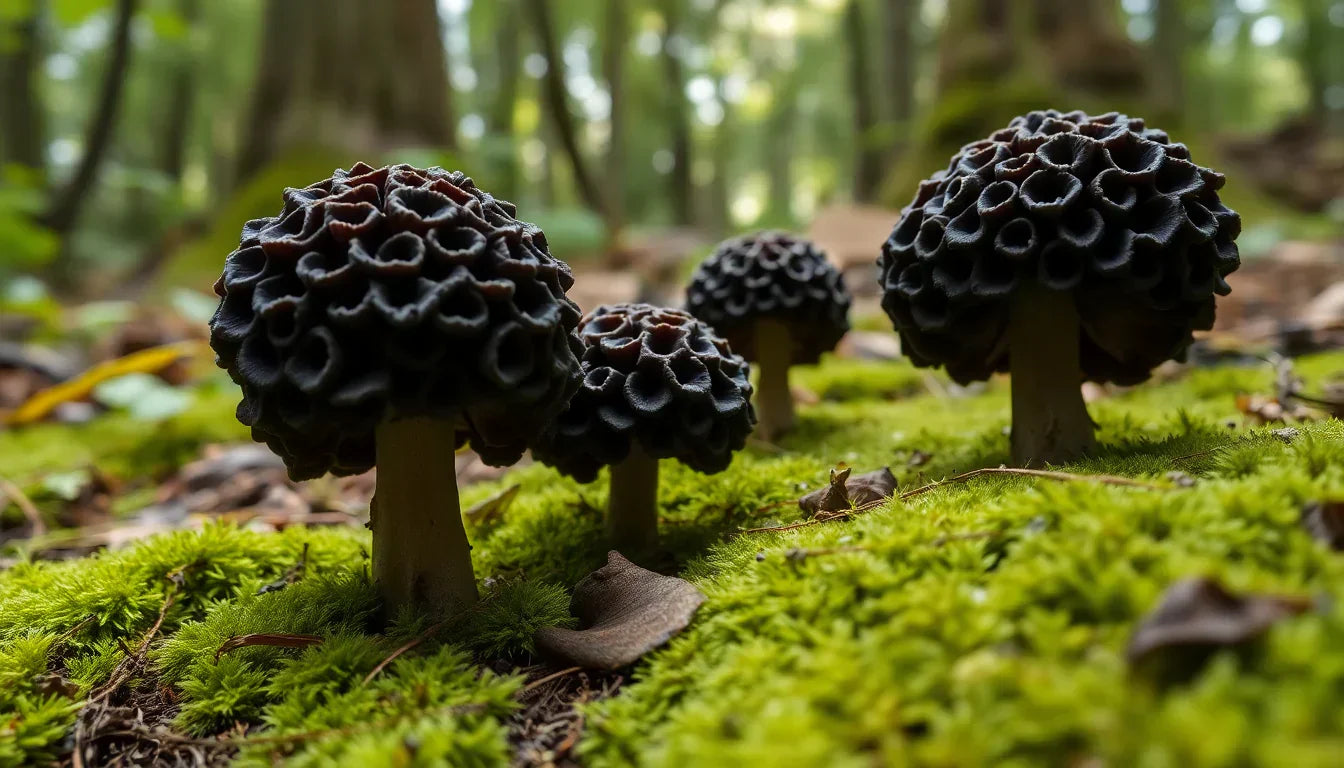
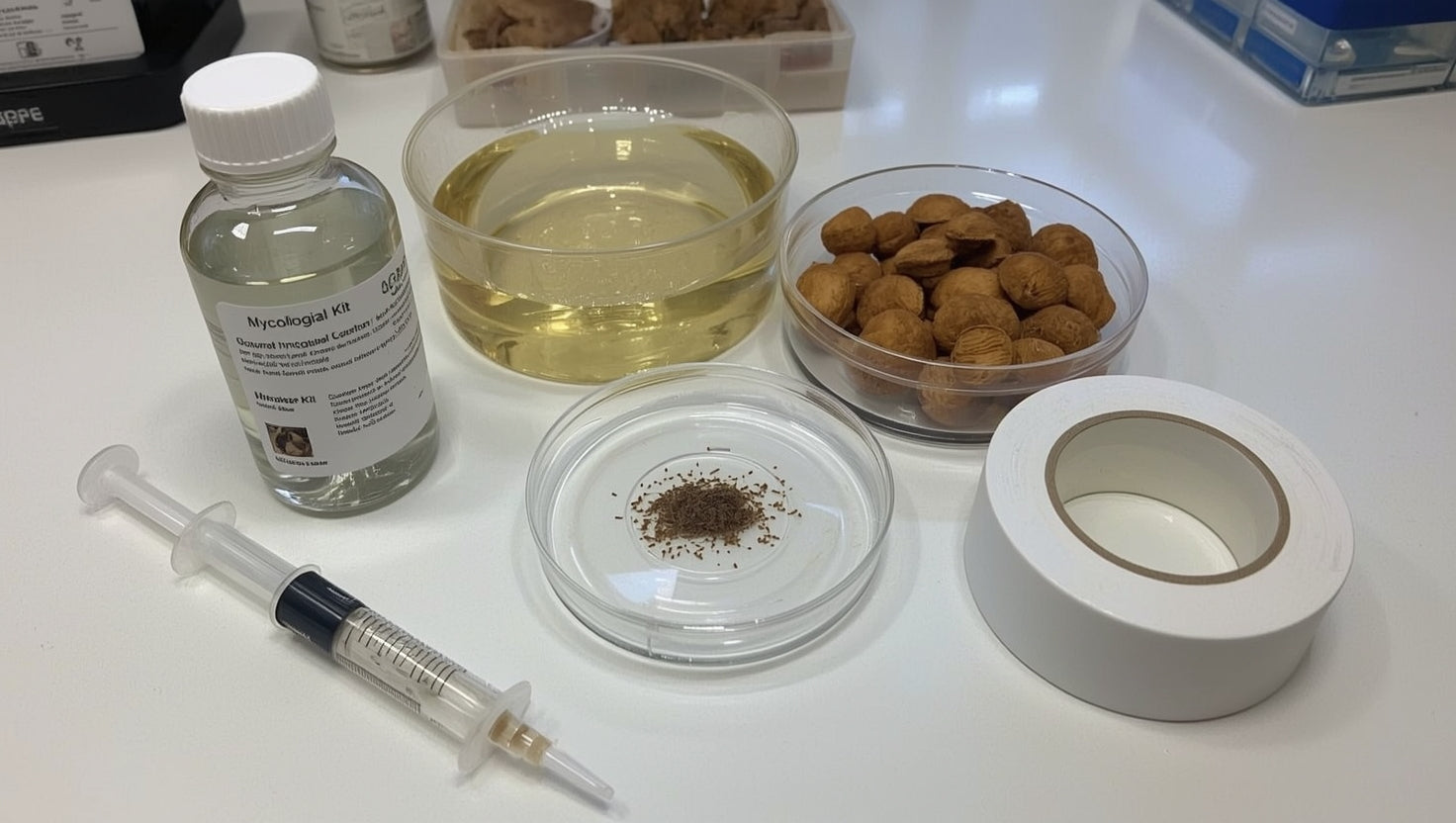
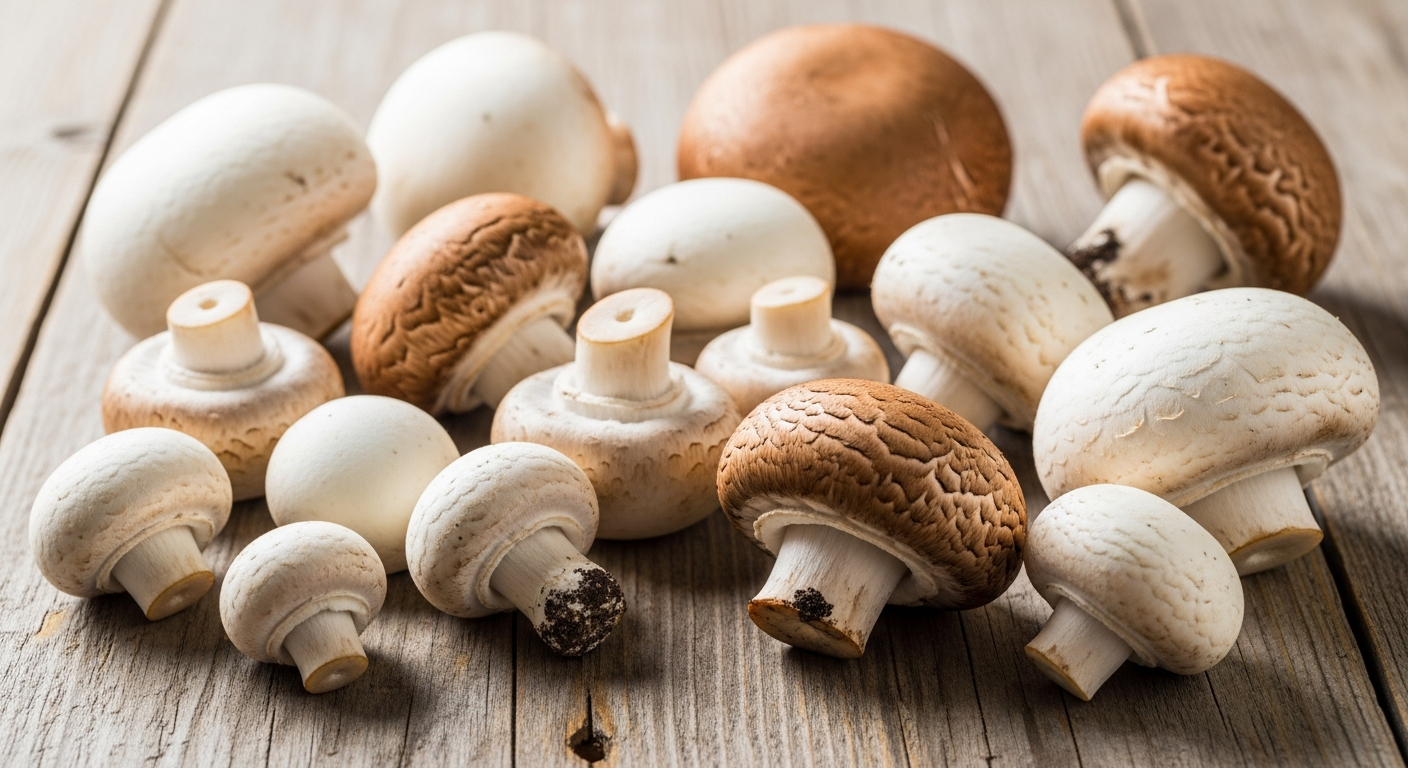
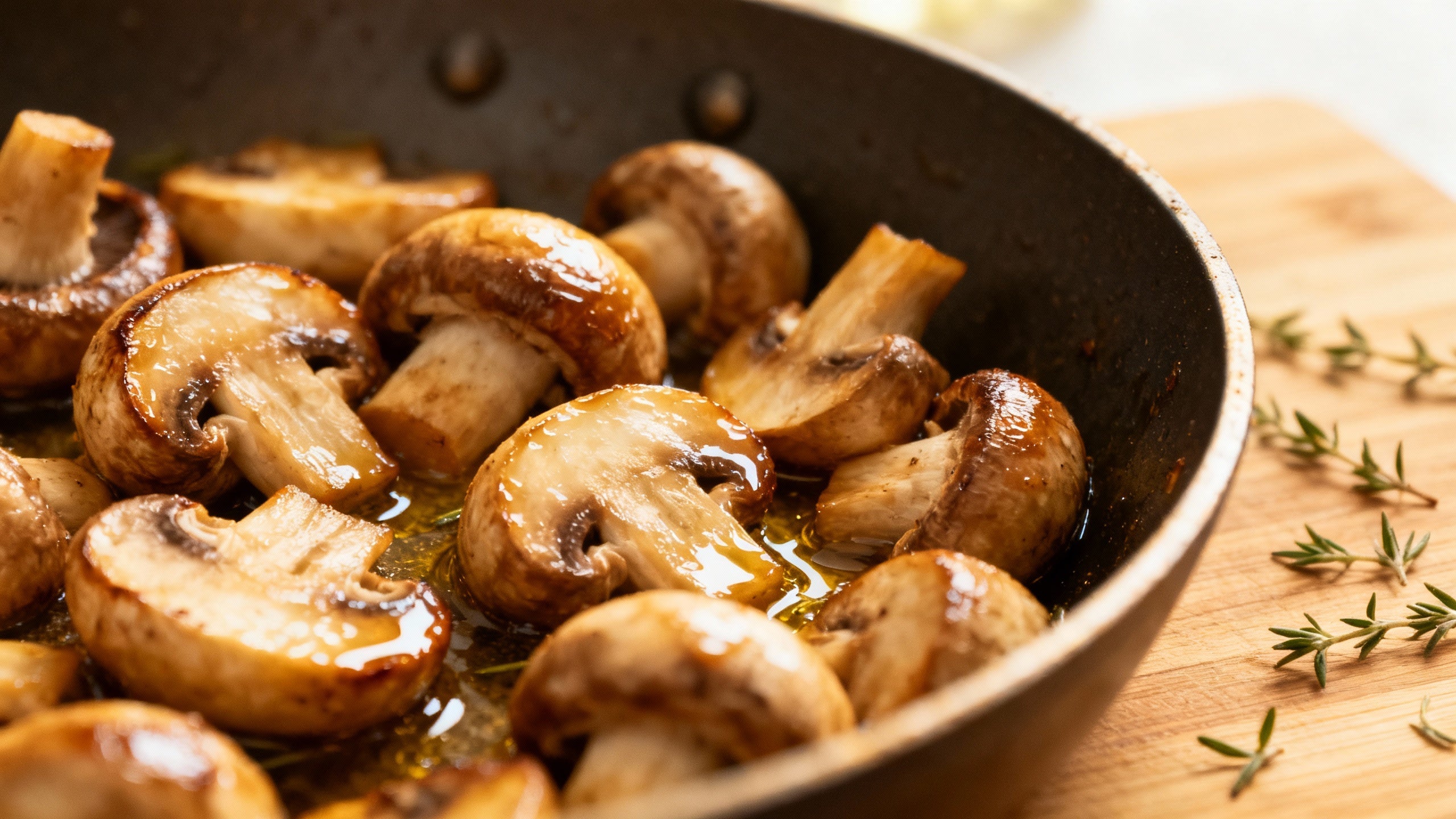
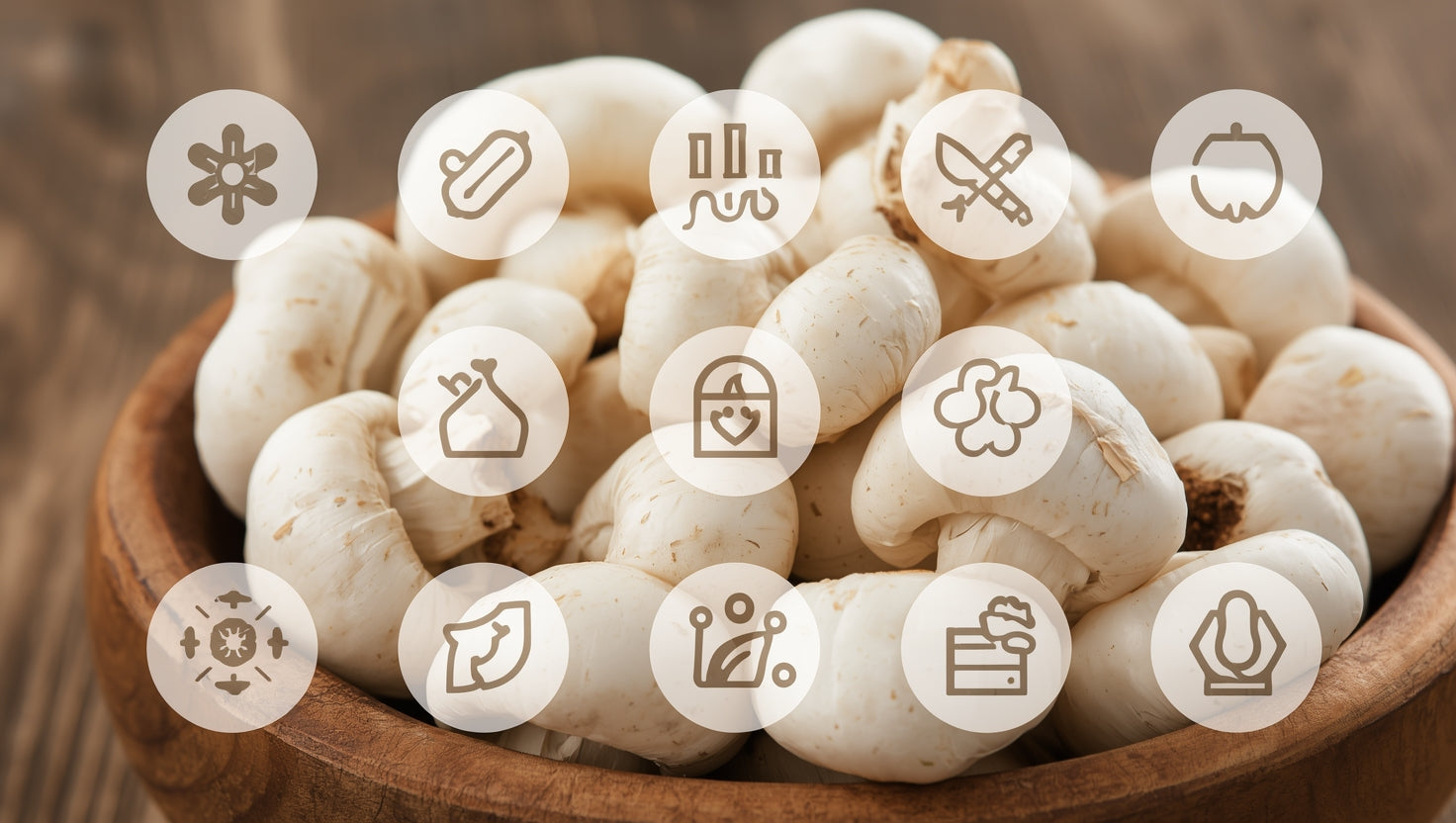
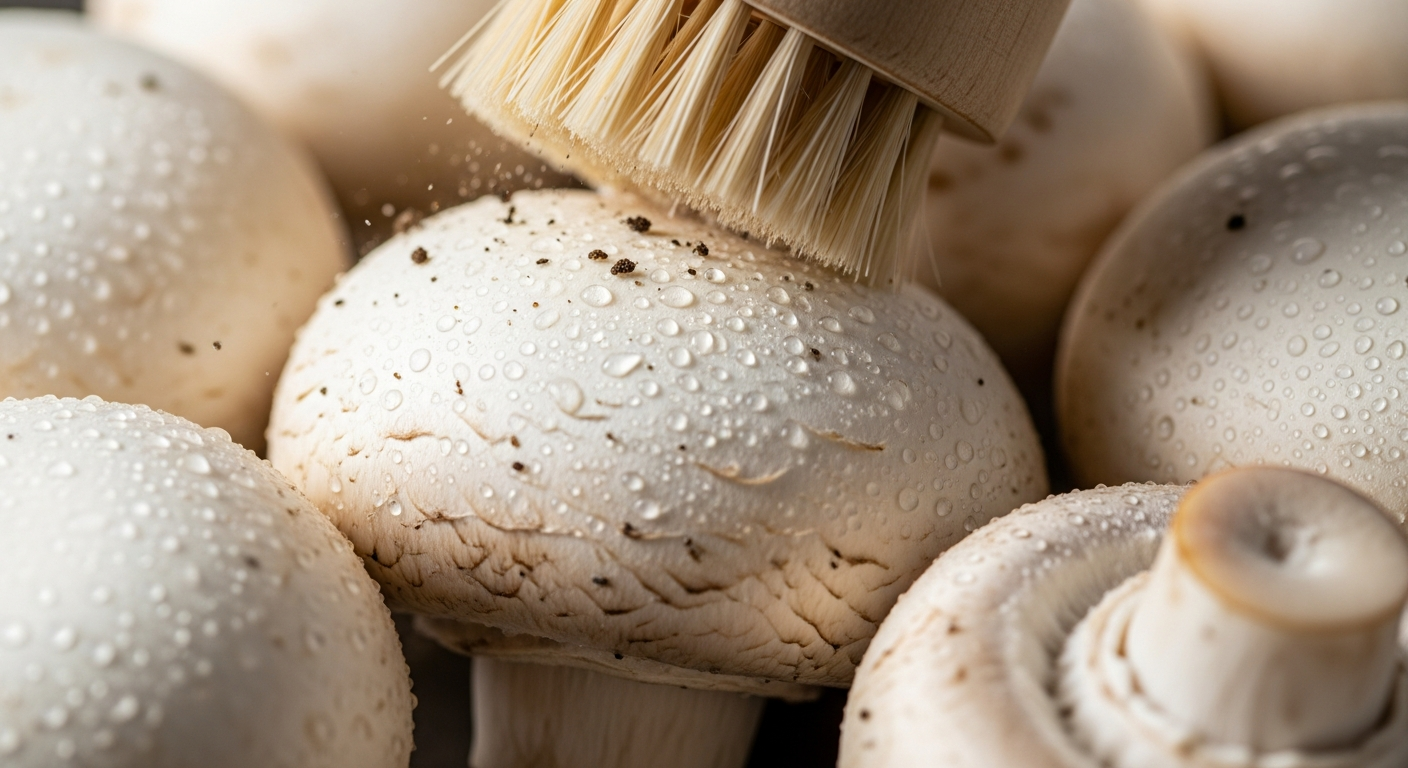
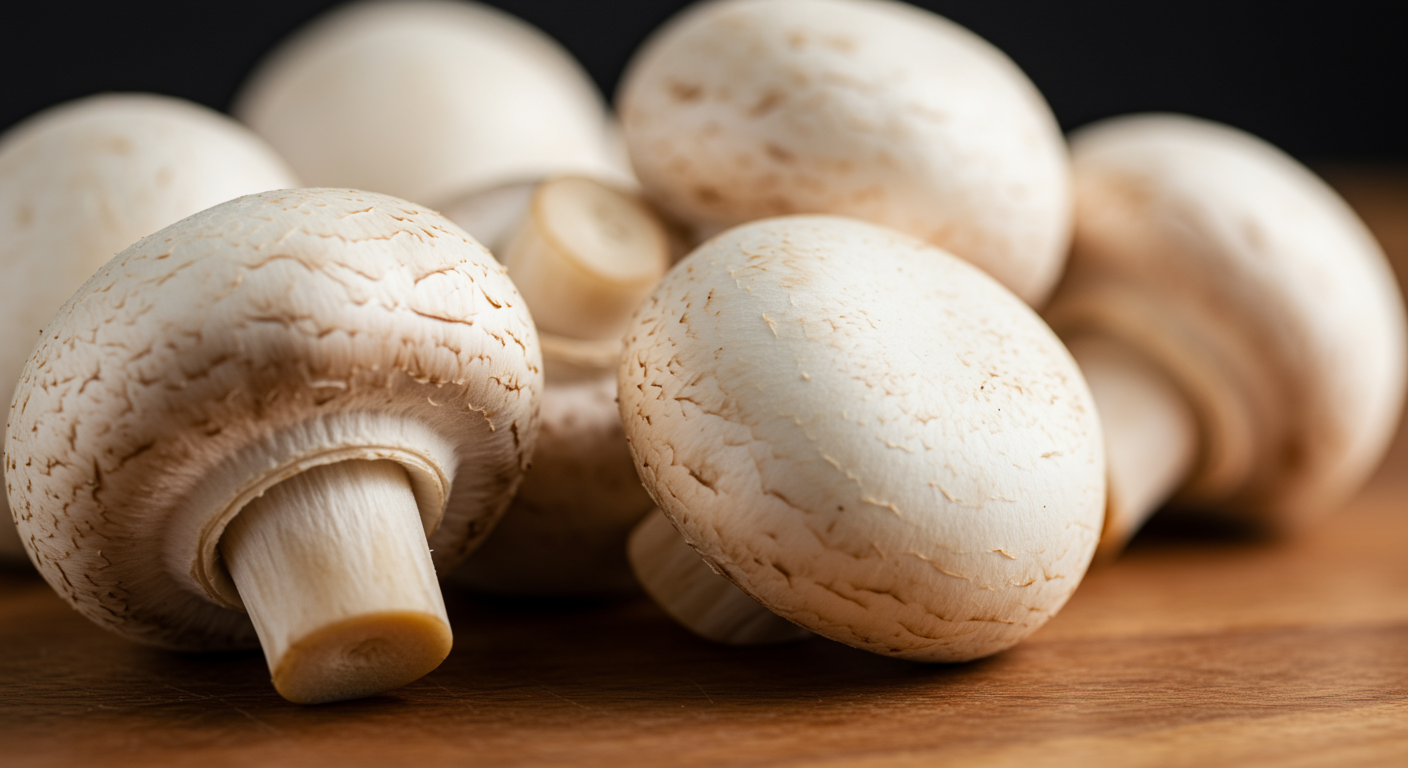

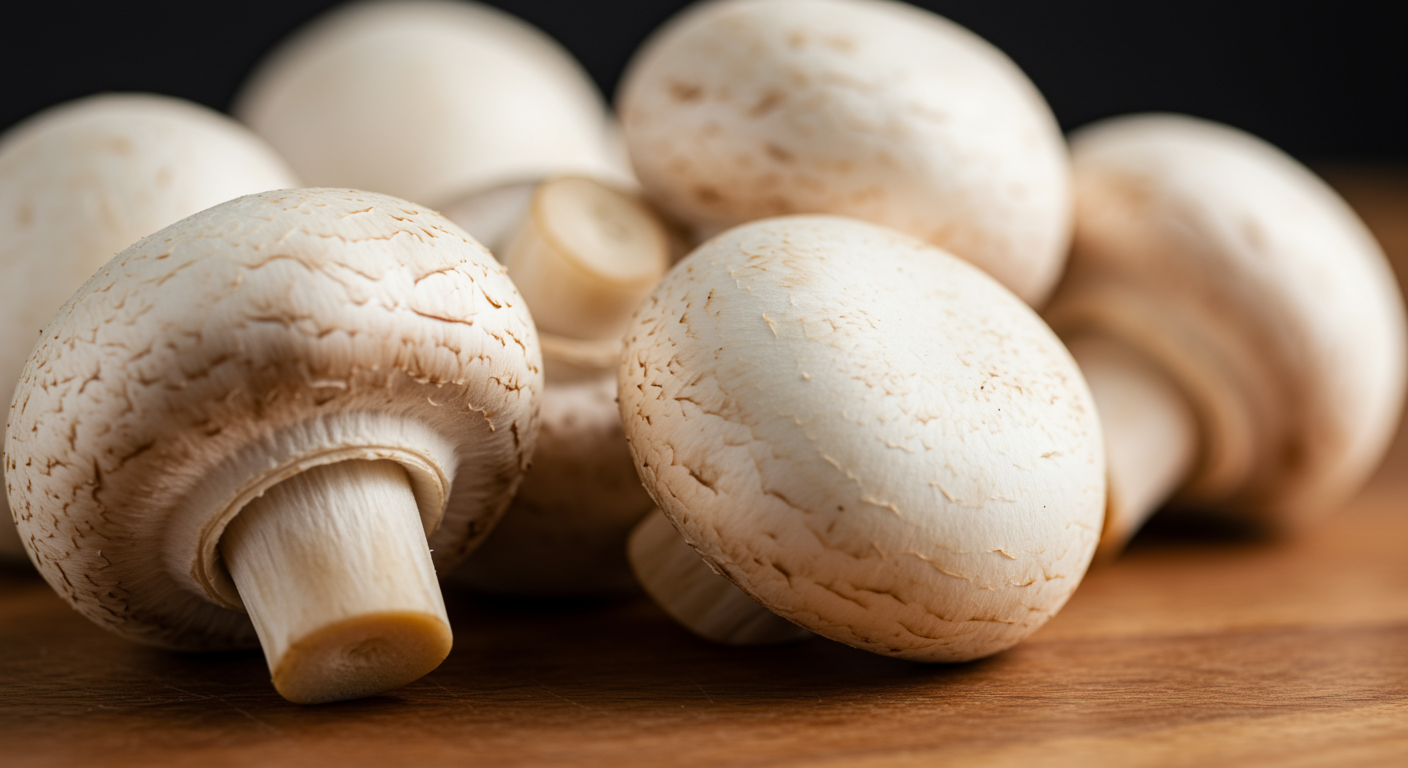
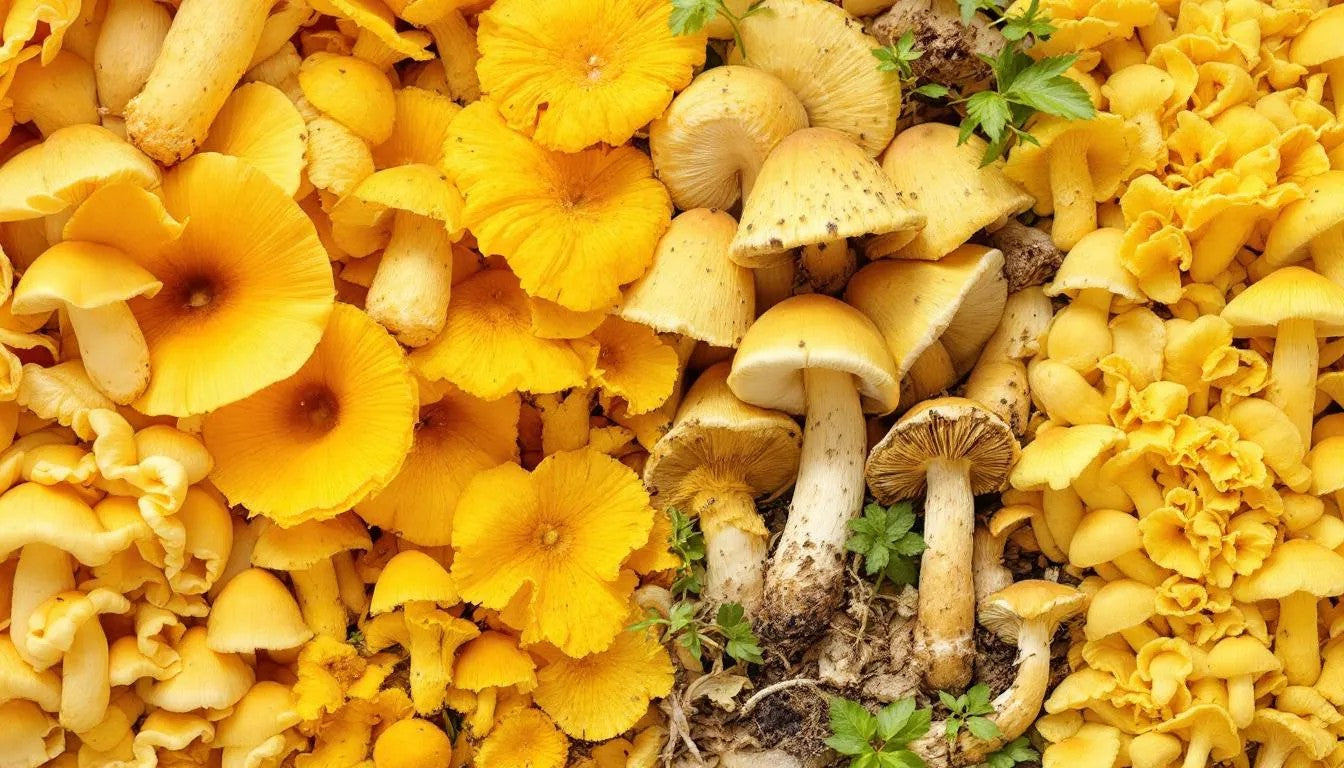
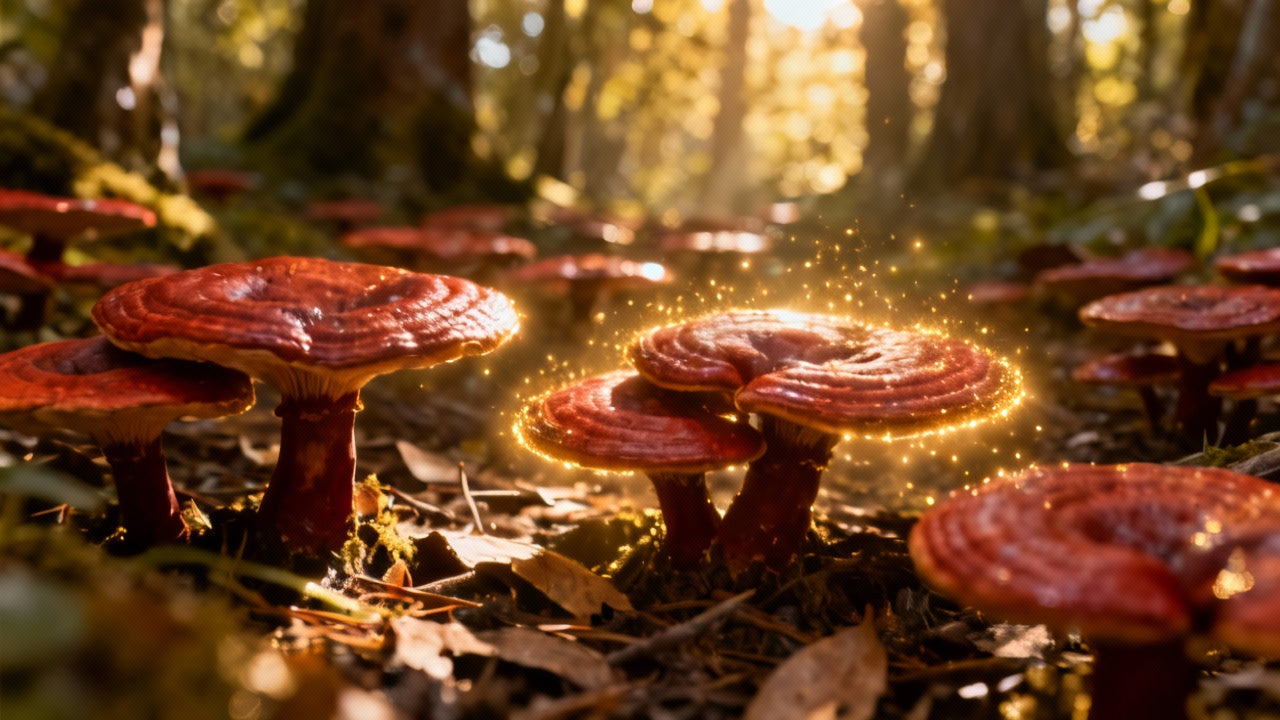
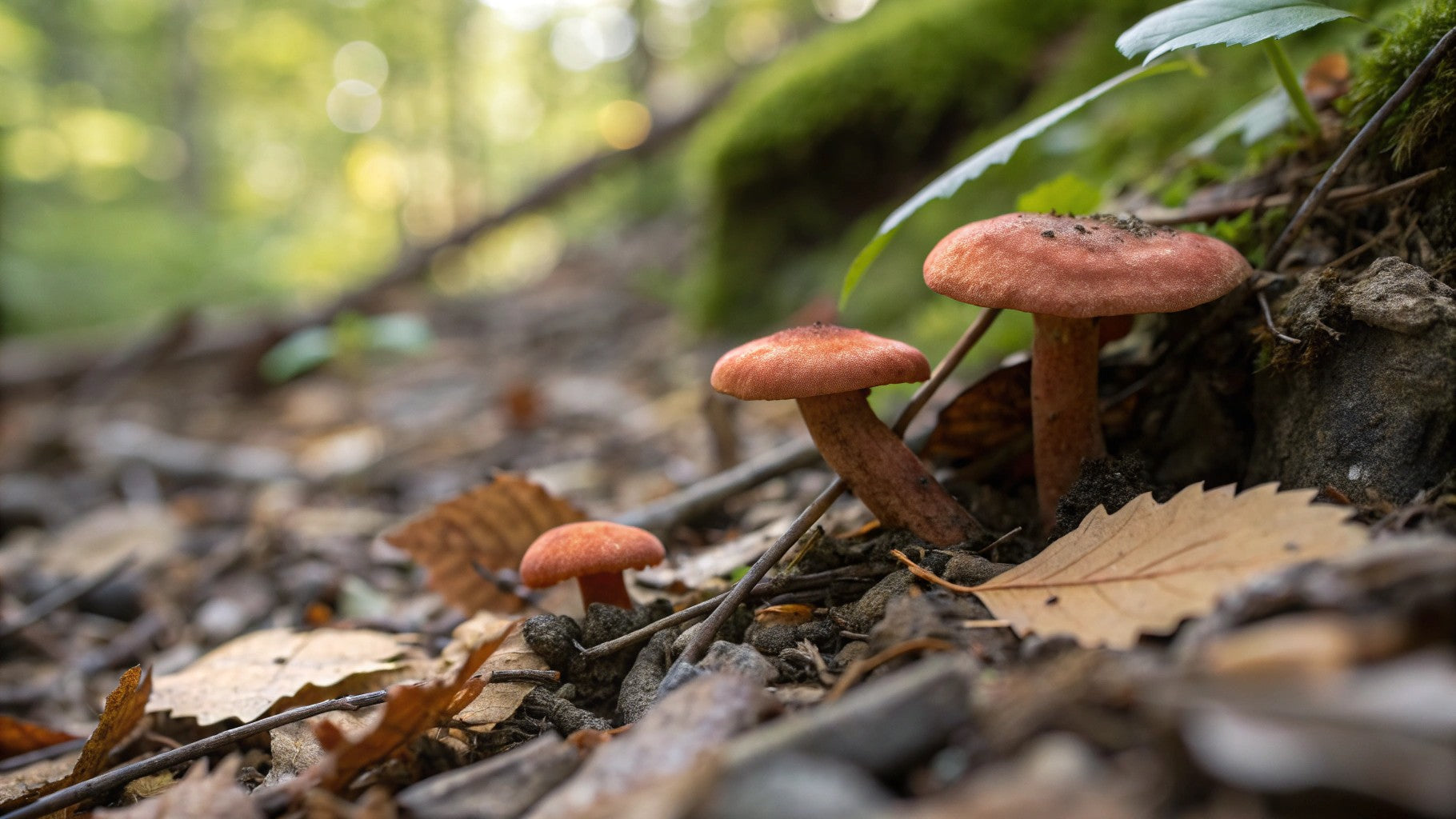
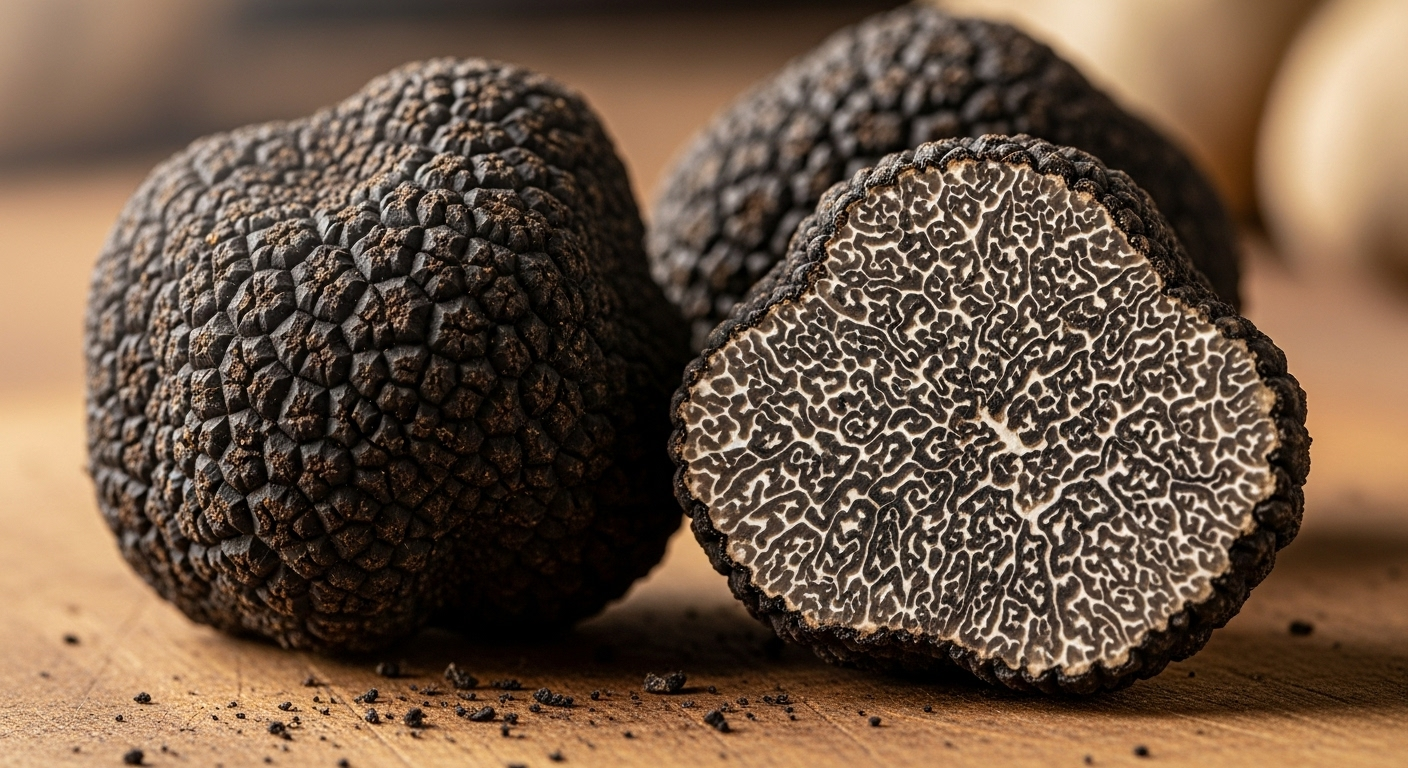
Share:
The Biggest Morel Mushroom Ever Found: An Enthralling Hunt
Morel Mushroom Identification Guide: How to Spot True Morels and Avoid Look-Alikes